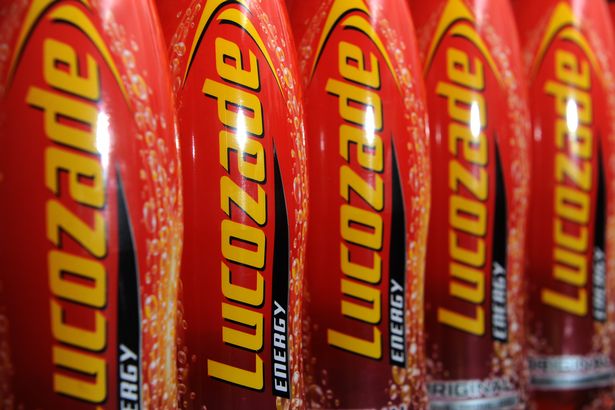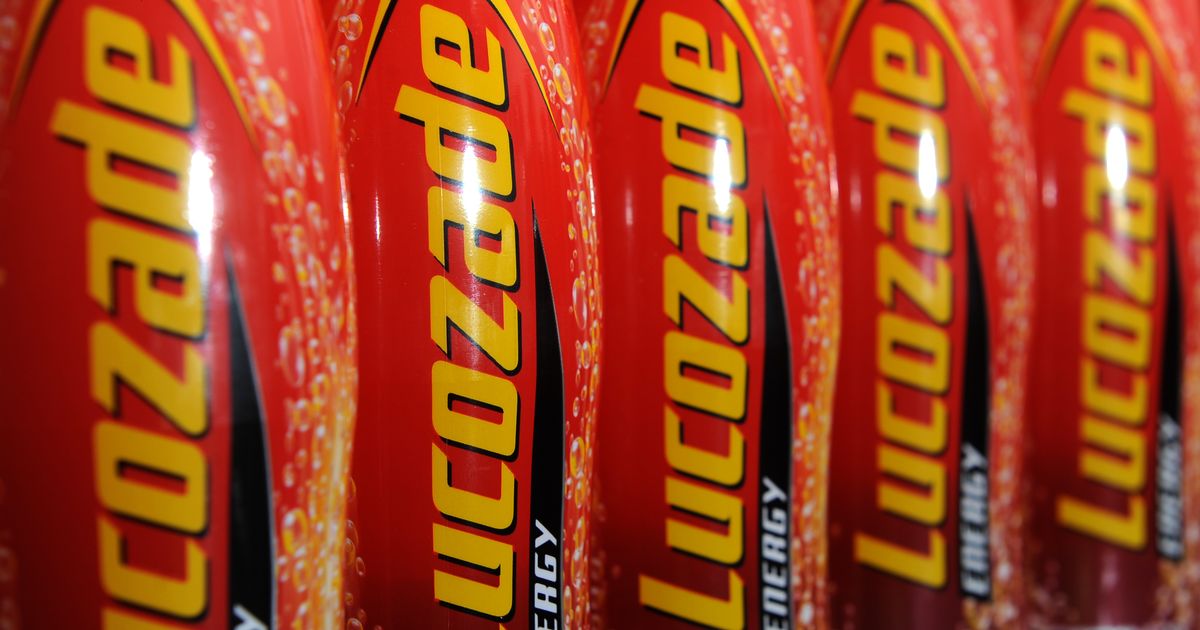Lucozade has been heralded as a low-cost and effective diagnostic tool for doctors after an innovative team of cardiac specialists in Limerick used the popular beverage while treating a woman who had chest pains There were worries that Lucozade could run out for the summer (Image: PA Archive/PA Images)
There were worries that Lucozade could run out for the summer (Image: PA Archive/PA Images)
Lucozade has been heralded as a low-cost and effective diagnostic tool for doctors after an innovative team of cardiac specialists in Limerick used the popular beverage while treating a woman who was suffering from chest pain and palpitations.
The 25-year-old patient underwent an initial ultrasound scan, which detected a growth just behind her heart. It was feared that this could have been an aortic aneurysm or a tumour.
Rather than going through the cost, delay and anxiety of sending the woman for more detailed cross-sectional imagining, however, specialists at Eagle Lodge Cardiology Clinic in Limerick turned to a bottle of Lucozade.
 Medics have heralded Lucozade(Image: PA Archive/PA Images)
Medics have heralded Lucozade(Image: PA Archive/PA Images)
She drank 200ml of the fizzy soft drink before doctors repeated the ultrasound scan. This time, “swirling bubbles” consistent with gas movement were visible within the growth that had been detected.
This showed that the mass behind her heart was actually part of her stomach, rather than a life-threatening aortic aneurysm or potentially cancerous tumour. A sliding hiatus hernia was diagnosed.
The ingestion of Lucozade also allowed the cardiac team to see that the mass was moving with the patient’s breathing and peristalsis – the muscular motion that pushes food through the digestive system.
 The scan after the ingestion of Lucozade showed swirling bubbles consistent with a gas-filled sliding hiatus hernia (Irish Journal of Medical Science)
The scan after the ingestion of Lucozade showed swirling bubbles consistent with a gas-filled sliding hiatus hernia (Irish Journal of Medical Science)
This confirmed that the growth was a herniated part of her stomach, which had slid into her chest cavity through the diaphragm.
A case report by the team at Eagle Lodge, published in the latest issue of the Irish Journal of Medical Science, hailed the “innovative” use of a carbonated beverage for diagnosis during echocardiography.
They noted that gastrointestinal structures such as hiatus hernia can sometimes “mimic” cardiac conditions, and in this case the differential diagnosis included an aneurysm, tumour, or oesophageal duplication cyst.
“This simple bedside intervention enabled real-time clarification of the finding, obviating the need for additional imaging,” wrote the authors of the report. “This rapid, non-invasive test obviated the need for cross-sectional imaging.”
The woman was reassured by the cardiac team and referred for outpatient gastroenterology assessment.
The authors described the use of Lucozade in this case as a “low-cost” intervention that harnessed the functional aspect of the ultrasound scan.
“Ingestion of a carbonated beverage provides a simple, safe, and effective bedside tool for distinguishing hiatus hernias from pathological cardiac or mediastinal masses,” they wrote.
“This method may help prevent unnecessary advanced imaging and highlights the value of creative problem-solving in echocardiographic practice.”
Subscribe to our newsletter for the latest news from the Irish Mirror direct to your inbox: Sign up here.

